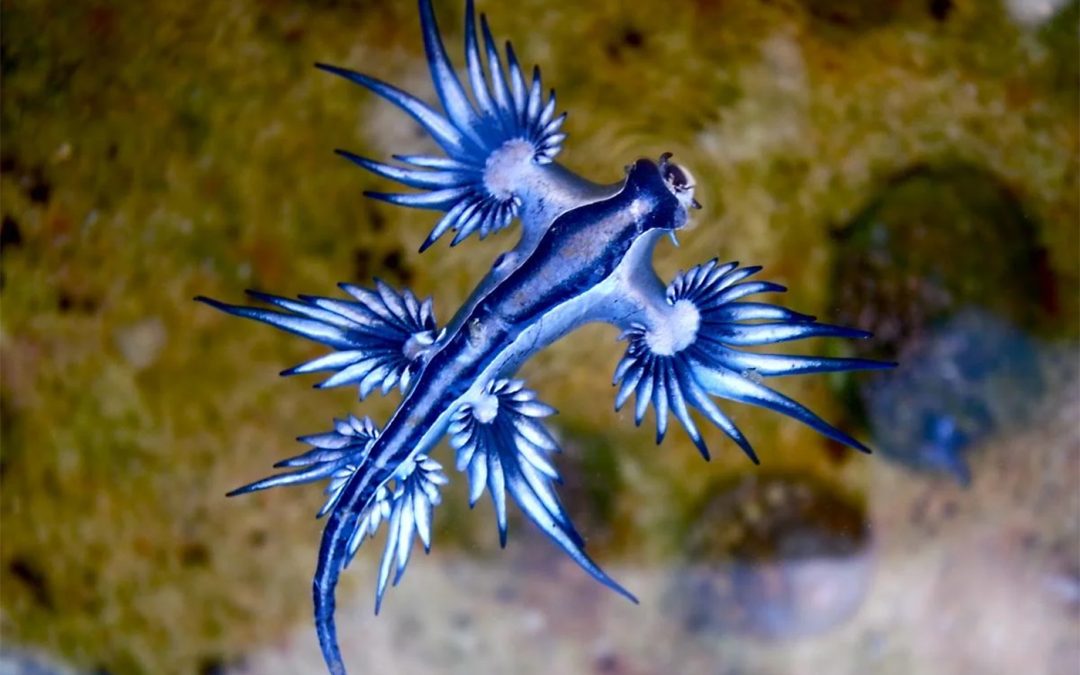
by David Young | Dec 14, 2024 | Interviews & Articles
By Cole Quinton Grab your mask and snorkel and start regulating those oxygen tanks as we dive into the open ocean and explore the world of the Glaucus atlanticus where we meet the little beauty that is the world’s only underwater dragon. If you are in the middle of...


